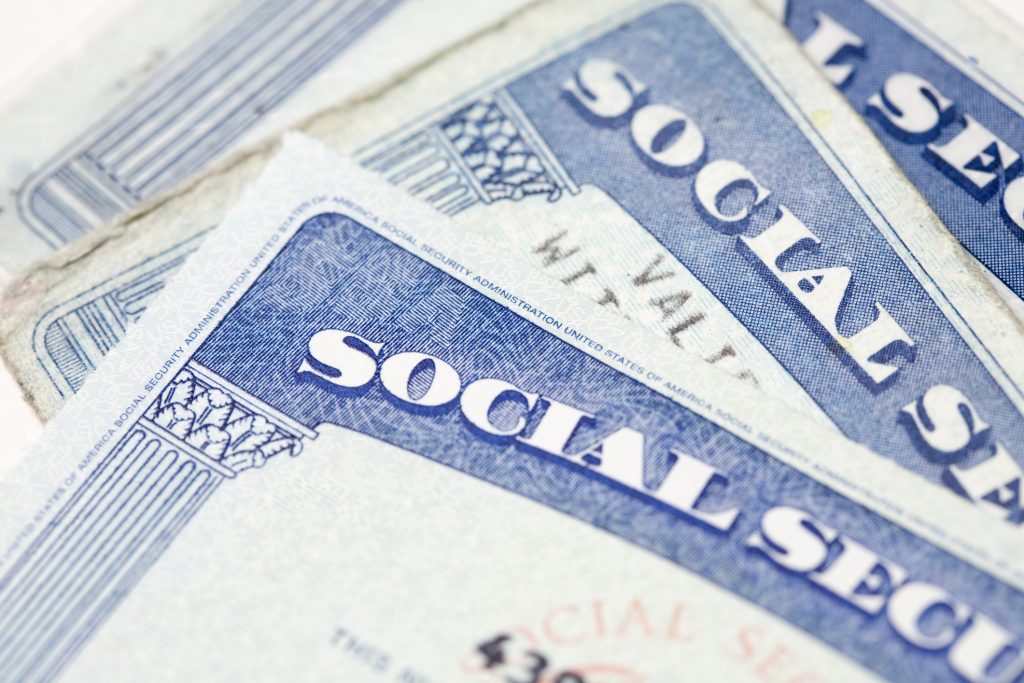Retirement is still several decades away for me, but planning for it has been a top priority of mine since I entered the workforce. I’ve done my best to save diligently and choose the right accounts for my money. I’ve thought about when I’d like to retire and how much I’ll likely spend when I get there.
The one thing I haven’t included in my plan so far is Social Security. It’s not because I don’t think I’ll get any benefits — I know I will — but right now, trying to plan for it feels like more trouble than it’s worth.

Image source: Getty Images.
Why I’m not planning for my future Social Security benefits
I have about 29 years before I’d even be eligible to claim Social Security retirement benefits, and that’s if I sign up at 62. I plan to delay my checks until 70 in the hope of maximizing my lifetime benefit. So I really have more like 37 years until I’m ready to apply.
A lot can happen in that time, and there’s a strong possibility that Social Security’s going to look different then. The program’s trust funds are expected to be depleted in 2034, according to a recent Congressional Budget Office (CBO) report. That could lead to benefit cuts if the government cannot find a way to increase Social Security’s funding over the long term.
We have no idea what the solution to this solvency crisis could look like or when it could take effect. Some proposed fixes involve raising taxes on workers, which could affect their ability to save for retirement in the future. Others involve a direct benefit cut or taking actions, like reducing cost-of-living adjustments (COLAs) or raising the full retirement age (FRA), that would act as an indirect cut to beneficiaries.
Because of all this uncertainty, there’s no way for me to gauge what my future benefits will be with any accuracy right now. I also don’t know how potential Social Security payroll tax increases could affect my ability to save for retirement in the future. So I’m saving as much as I can now. I hope to cover the vast majority of my retirement expenses on my own, so that whatever happens with Social Security doesn’t affect me too much.
Looking ahead to 2034 and beyond
Once we have a better idea of what Social Security will look like a few decades from now, I will probably start factoring its benefits into my retirement plan. If it turns out I’m contributing more than is necessary to my own retirement accounts after accounting for Social Security, I might decide to retire earlier, reduce my current savings rate, or just build myself a larger nest egg for retirement.
But I understand this approach isn’t ideal, especially for those who aren’t able to save for retirement on their own consistently. In this case, it’s fine to use current Social Security estimates as a jumping-off point in calculating your future checks.
The best way to do this is by creating a my Social Security account. You’ll need to answer some identity verification questions the first time you set this up to prove you’re you. After that, you can set up a username and password for future logins.
There’s a tool in your account that shows you your estimated monthly benefit at every claiming age between 62 and 70, based on your income history to date and future projections of your earnings. You can change these future estimates if you’d like. Look at the claiming age you’re considering, or choose a few if you’re not sure which to choose. See how much you’d get from the program based on the current Social Security benefit formula.
If you’d like to be conservative, you can adjust these estimates for benefit cuts. The CBO report says that, if the government did nothing to increase funding, the Social Security Administration would have to slash benefits by 23% beginning in 2035. Benefits would decline by a further 5% by 2098.
This is the worst-case scenario under current law, so if you plan for this outcome, you probably don’t have to worry about unpleasant surprises. That said, you may need to save more than you initially planned to. If that’s not an option, you may have to reconsider your retirement timeline. And you’ll definitely want to update your plan once we have a clearer idea of what Social Security will look like in the future.
The $22,924 Social Security bonus most retirees completely overlook
If you’re like most Americans, you’re a few years (or more) behind on your retirement savings. But a handful of little-known “Social Security secrets” could help ensure a boost in your retirement income. For example: one easy trick could pay you as much as $22,924 more… each year! Once you learn how to maximize your Social Security benefits, we think you could retire confidently with the peace of mind we’re all after. Simply click here to discover how to learn more about these strategies.
View the “Social Security secrets” »
The Motley Fool has a disclosure policy.
 fool.com
fool.com benzinga.com
benzinga.com



